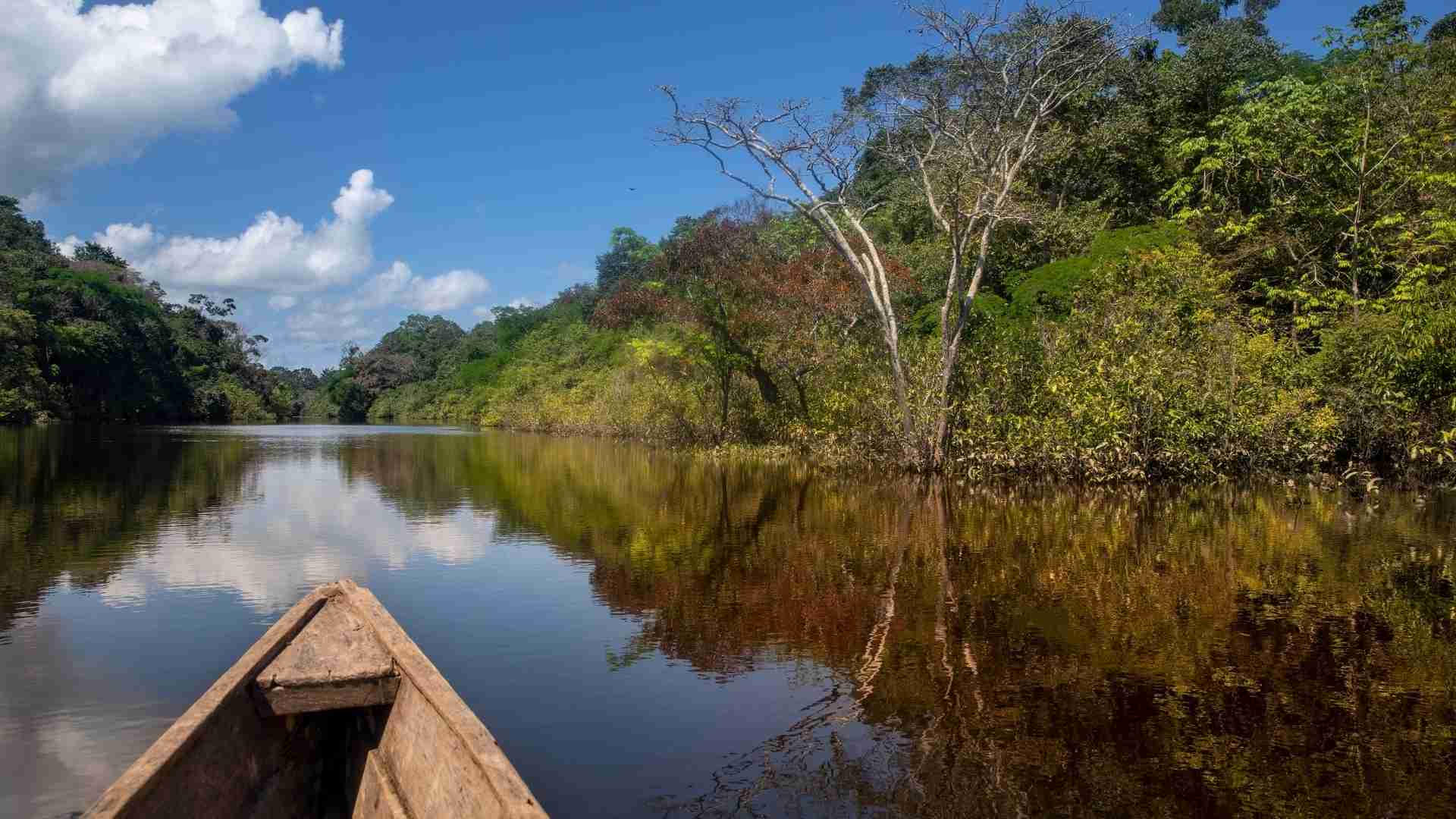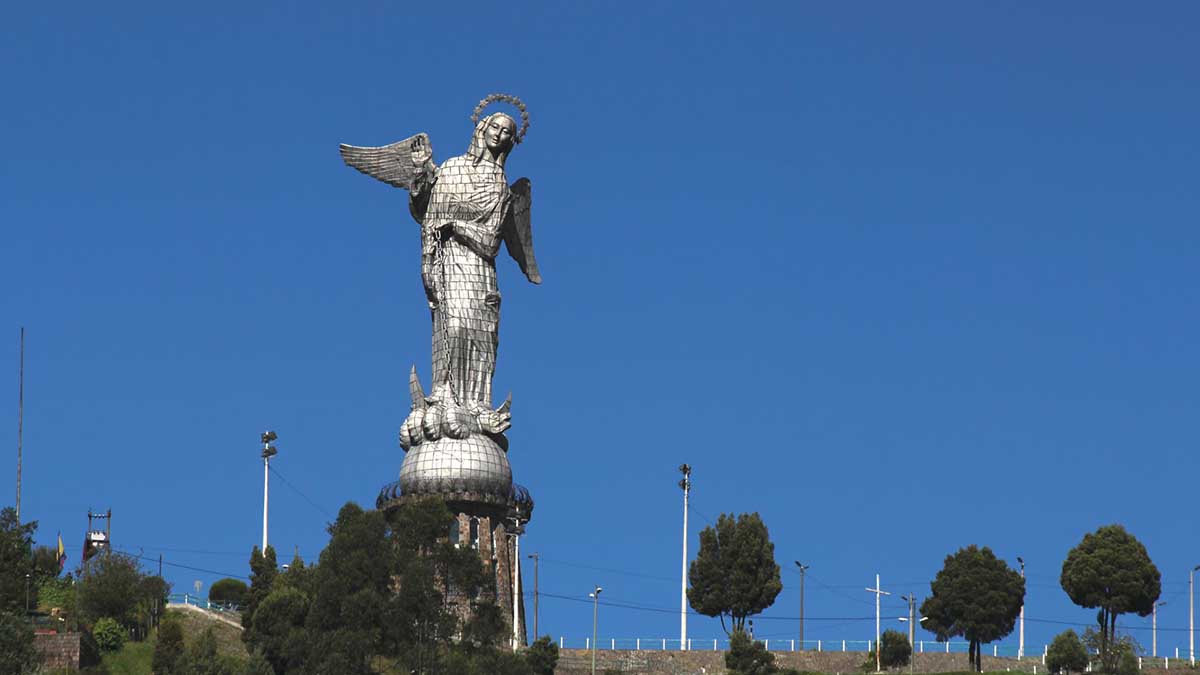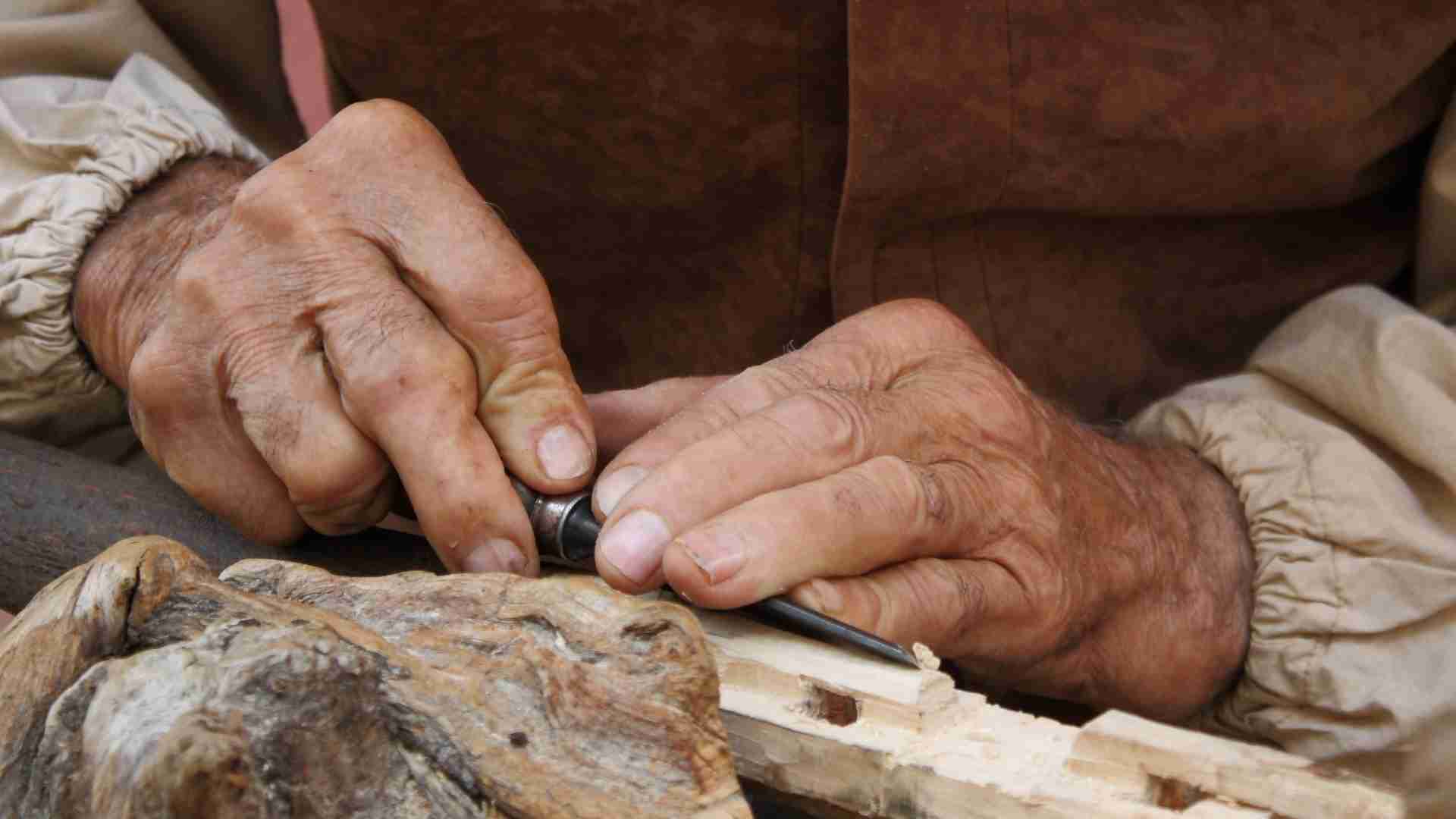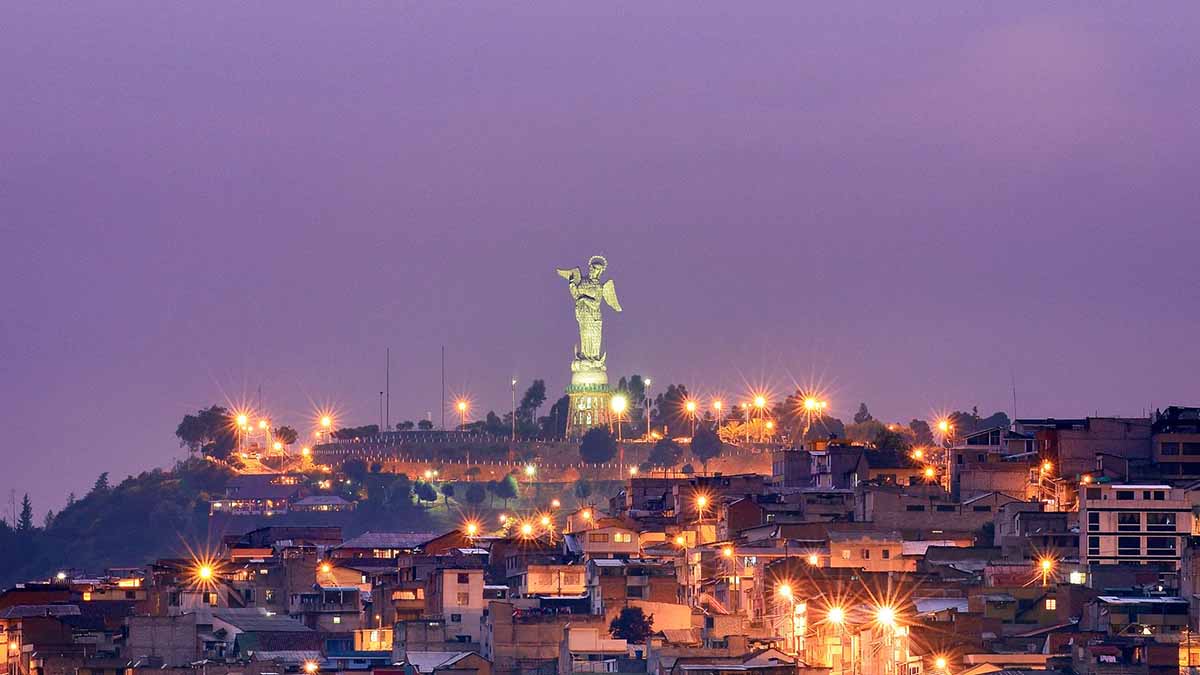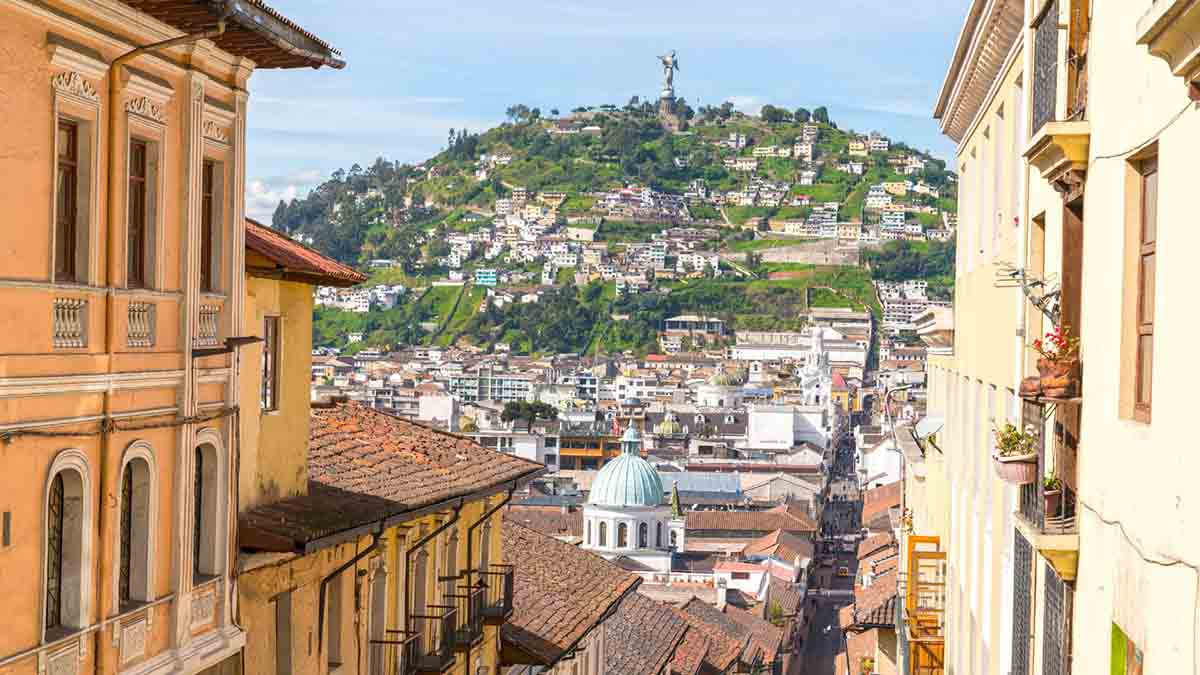Arrive in Quito, Ecuador’s capital city nestled in the Andes. Meet your guide and transfer to your hotel. Explore the colonial charm of the city, a UNESCO World Heritage Site for its well-preserved architecture, museums, and churches.
Cultural & Adventure Amazon Tour
Embark on an 8-day journey through Ecuador’s Amazon, blending cultural immersion and wildlife exploration. Start in the historic city of Quito before delving deep into the Amazon rainforest. Encounter the rich traditions of the Kichwa community, observe vibrant wildlife, and experience breathtaking natural landscapes, including river tours, clay licks, and canopy walks.
-
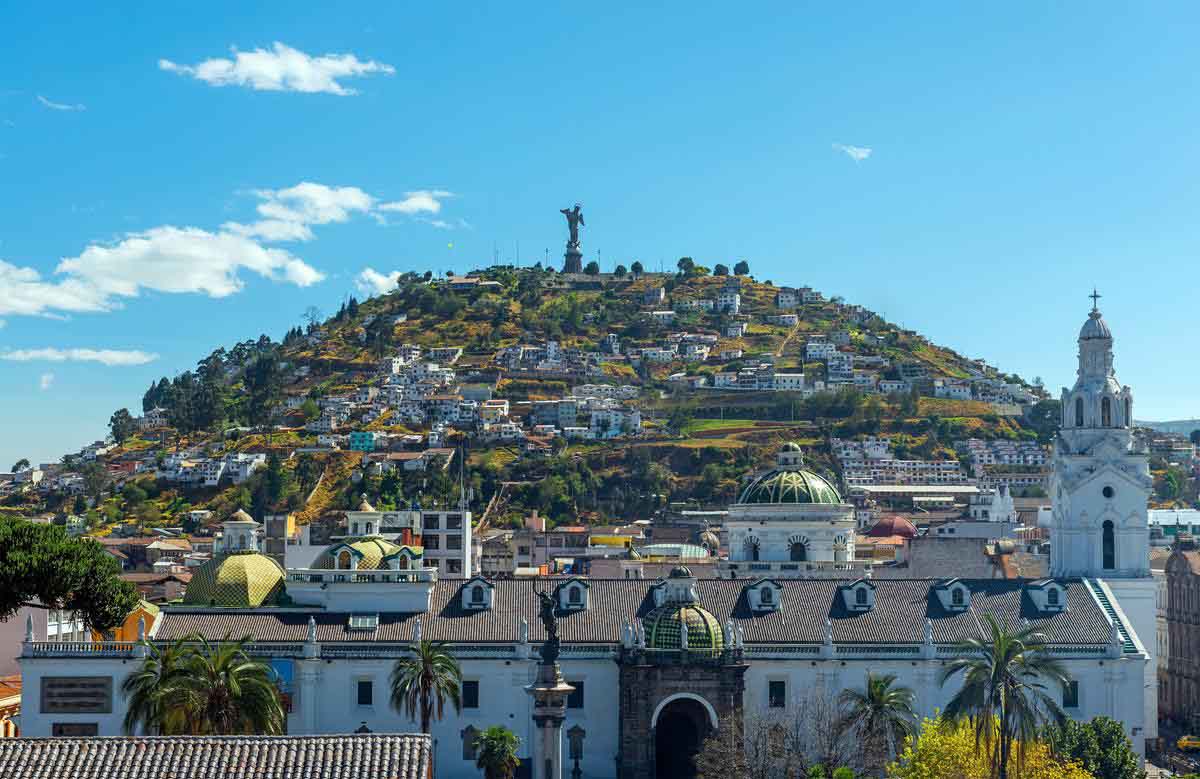
-
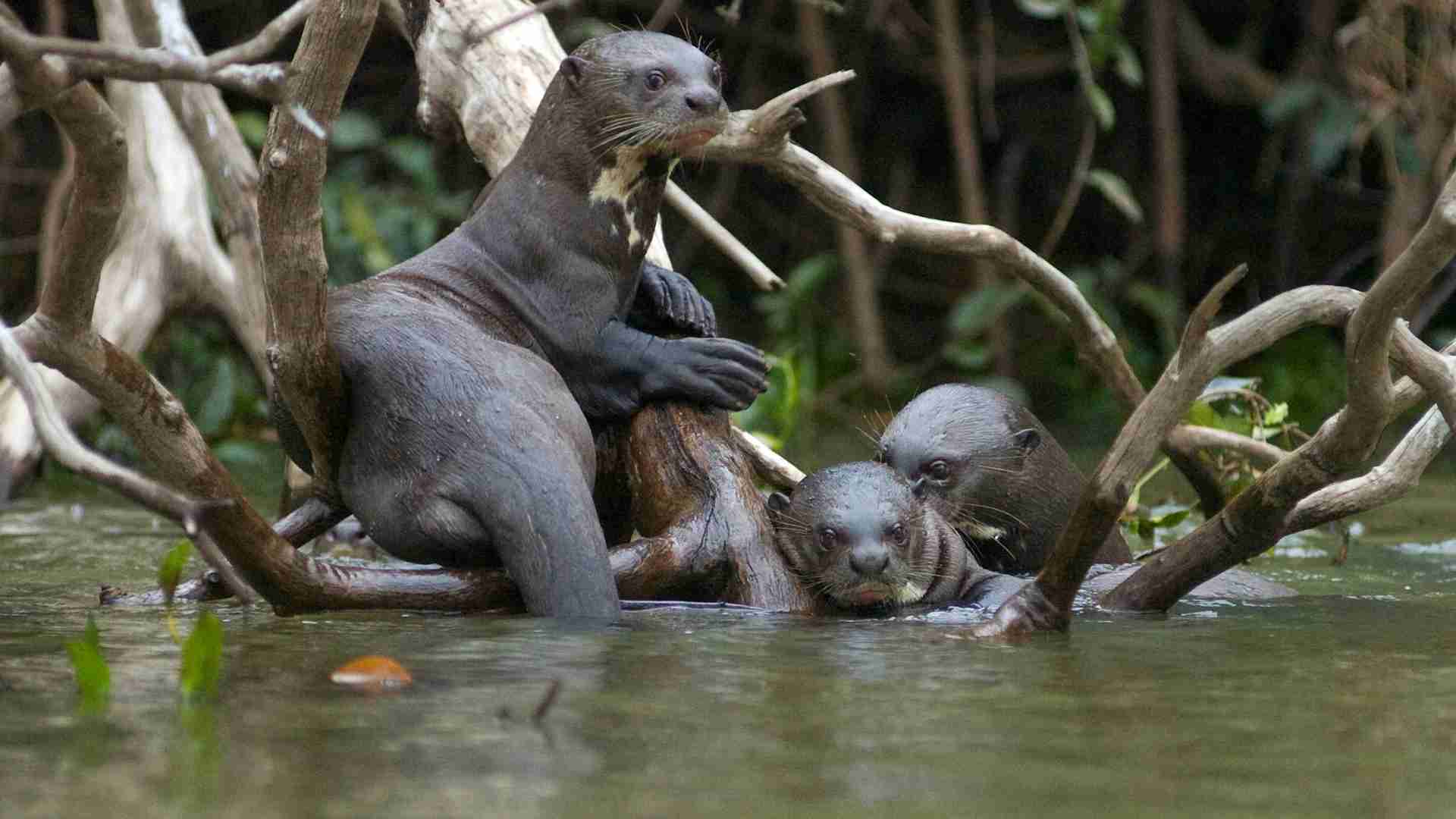
-
+ 5
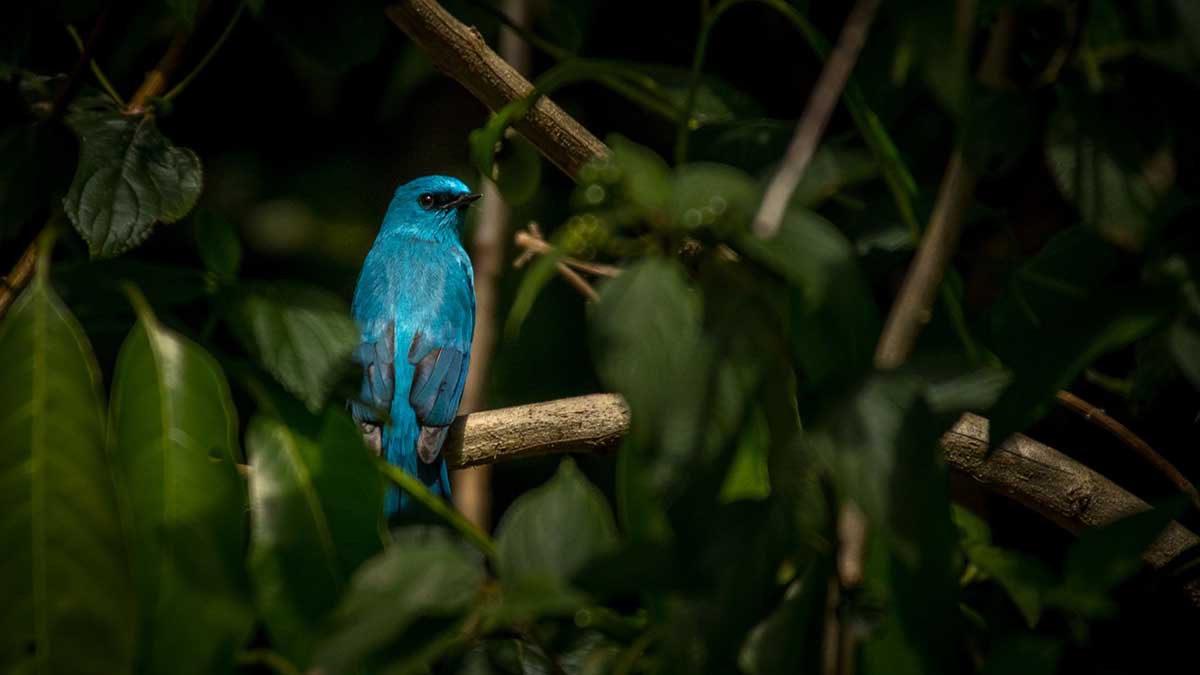
Highlights
- Cultural Immersion: Experience the traditions and lifestyle of the Kichwa community in the heart of the Amazon.
- Wildlife Encounters: Observe diverse species, including parrots at clay licks, monkeys, and giant otters.
- Adventure Activities: Engage in kayaking, canopy tours, and guided rainforest walks.
Includes
- Accommodation in double rooms
- Indicated Meals
- Private transportation
- Bilingual naturalist guide
- Scheduled Visits
- Entrance Fee
- Roundtrip flights (Quito-Coca-Quito)
Not Included
- Alcoholic beverages
- Personal expenses
- Tips
- Meals not described in the program
Itinerary
Day 1 : Arrival In Quito
Day 2 : Quito Six Senses City Tour & Equator Line
Explore Quito’s historic center, visiting Independence Square, colonial streets and workshops of traditional artisans. Continue to the Equatorial Line complex to stand on both hemispheres at the same time.
Day 3 : Journey To The Napo Wildlife Center
Fly to Coca and take a boat ride down the Napo River. Arrive at the Napo Wildlife Center and enjoy a sunset kayak tour on the river, spotting local wildlife along the way.
Day 4 : Canopy Tower & Napo Wildlife Center
Experience a Kichwa tradition before climbing a canopy tower for panoramic views and bird watching. Paddle through Añangu Creek and enjoy guided walks through the rainforest to observe its diverse flora and fauna.
Day 5 : Parrot Clay Lick & Kichwa Community
Visit Ecuador’s best parrot clay lick to see hundreds of parrots feeding on minerals. Explore the Kuri Muyu Interpretation Center to learn about Kichwa traditions and participate in a cultural ceremony.
Day 6 & 7 : Wildlife Exploration & Farewell
Hike the Tiputini Trail to observe unique Amazonian wildlife. Canoe back to the lodge for final wildlife encounters before returning to Quito.
Day 8 : Depart Quito
Transfer to the airport for your onward journey, ending this unforgettable Amazon adventure.
Travel Tips
- Bring lightweight clothing and sturdy footwear for rainforest hikes.
- Carry insect repellent and sunscreen for outdoor activities.
- Prepare for varying weather conditions, especially humidity and rain.
Weather Preparedness
Expect humid and rainy conditions in the Amazon, with temperatures ranging from 75-95°F (24-35°C). Bring rain gear and light, breathable clothing.
Fitness Requirements
Moderate physical fitness is recommended. Activities include nature walks, canopy climbing, and paddling, which may require stamina and balance.
Accommodation
- Patio Andaluz or similar
- Napo Wildlife Center
FAQs
You may encounter parrots, toucans, monkeys, and possibly giant otters during guided tours.
It’s recommended to have vaccinations for yellow fever and typhoid, and to take malaria precautions.
Essentials include light clothing, rain gear, insect repellent, sun protection, and comfortable walking shoes.
